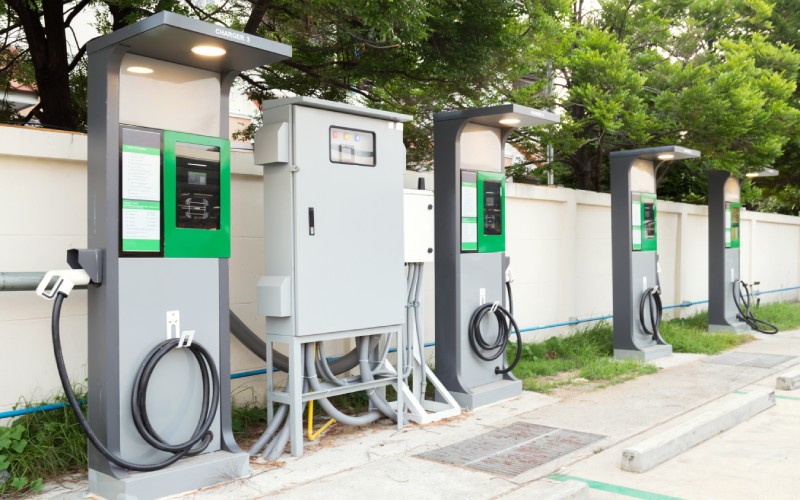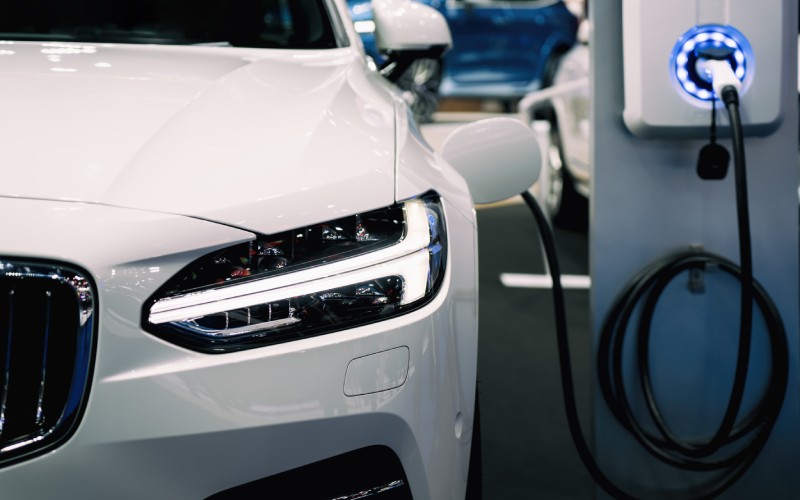Applying 5-Cavity Connectors in Renewable Energy Systems
Applying 5-Cavity Connectors in Renewable Energy Systems

Renewable energy systems are important elements of modern technological advancements. With the growing emphasis on sustainability, the demand for efficient and reliable components is higher than ever. Stable and reliable connectors allow us to build functional energy-harnessing systems. Connector Experts will explain how we can apply 5-cavity connectors in renewable energy systems to yield advances in solar, wind, and hydroelectric fields.
Understanding 5-Cavity Connectors
Five-cavity connectors are crucial components in renewable energy systems because they facilitate efficient electrical connections while maintaining reliability under various environmental conditions. Their design accommodates multiple wires, streamlining connections between different components, such as solar panels, inverters, and battery storage units.
By creating secure connections, these connectors reduce energy loss and limit the risk of failure. Industry professionals benefit from using 5-cavity connectors that enhance the efficiency and longevity of renewable energy installations. The standardization of these connectors promotes interoperability among different equipment manufacturers and facilitates integration and maintenance across diverse renewable energy technologies.
Enhancing Solar Panel Efficiency
Five-cavity connectors are invaluable for building and maintaining solar panel systems, and we use them to enhance efficiency and performance. These connectors facilitate superior electrical connections that minimize resistive losses, allowing more energy to flow from the solar panels to the inverter.
By designing connectors that can withstand various environmental conditions, such as prolonged exposure to sunlight, industry professionals can maintain the performance of energy systems over time. Installing these connectors promotes effective thermal management, decreases the risk of overheating, and improves the energy output of solar systems.
By focusing on connector quality and compatibility, stakeholders in renewable energy can enhance the efficiency and longevity of solar panel installations.

Improving Wind Turbine Performance
Integrating 5-cavity connectors into wind turbines is an efficient and reliable way to enhance performance and reliability. These connectors maintain electrical connections between components such as turbine blades, generators, and control systems.
The constant motion of the blades creates powerful vibrations that may loosen weak connections over time. Manufacturers aim to create connections that can maintain optimal functionality, even in such conditions. The streamlined wiring harnesses facilitated by 5-cavity connectors reduce the weight of the installation, allowing for improved turbine efficiency and increased energy capture.
Regular maintenance and inspection of these connections help technicians identify wear or damage that could hinder performance. Adopting high-quality 5-cavity connectors boosts the reliability of wind turbines, contributes to a higher energy output, and makes renewable energy generation more efficient.
Streamlining Energy Storage Systems
Five-cavity connectors play a vital role in streamlining energy storage solutions for renewable energy systems. By connecting batteries, inverters, and related components, these connectors facilitate rapid energy transfer and enhance system responsiveness. Energy storage systems will operate efficiently, even under the stress of varying charge and discharge rates.
By utilizing 5-cavity connectors, we can reduce wiring clutter and create a more organized installation. This simplification not only eases maintenance but also minimizes potential points of failure. Industry professionals can choose high-quality connectors to optimize energy flow and improve the reliability of energy storage systems, ultimately supporting the seamless integration of renewable energy sources into the grid.
Enhancing Electric Vehicles and Charging Stations
When applying 5-cavity connectors in renewable energy systems, it’s always a good idea to look at the growing trend of electric vehicles (EVs) and their charging stations. Through the implementation of 5-cavity connectors in charging infrastructure, manufacturers can reduce charge times and improve energy transfer from the charging station to the vehicle.
Engineers design these connectors to withstand high currents and various environmental conditions and create safe and stable connections, even during extreme weather events. Industry professionals benefit from implementing these connectors because they simplify installation and maintenance while promoting interoperability across various EV models and charging systems. By choosing high-quality connectors, stakeholders can contribute to the growth of electric vehicle networks and foster a more sustainable future for transportation.

Facilitating Smart Grid Integration
Five-cavity connectors play an important role in maintaining the integration of renewable energy sources into smart grid systems. By providing reliable, efficient electrical connections, these connectors enable real-time communication and data exchange between various energy generation and consumption points.
This connectivity allows for dynamic adjustments in energy distribution based on demand, enhancing the efficiency of the grid. The design of modern electrical connectors guarantees they can withstand the fluctuations and complexities associated with smart grid operations and maintain performance integrity.
As industry professionals adopt these connectors, they will enable more innovative energy management solutions that incorporate diverse and reliable renewable energy sources into the grid for consumers. Through the strategic implementation of high-quality connectors, engineers and industry professionals can advance the transition to a more responsive smart grid infrastructure.
Optimizing Hydro Power Plants
Integrating 5-cavity connectors into hydro power plants optimizes their efficiency and reliability, ensuring they generate as much energy as possible. These connectors create smooth electrical connections between components such as turbine generators, control systems, and the grid. By using 5-cavity connectors, engineers can minimize losses and enhance energy transmission from the turbines to the power system.
Engineers design these connectors to withstand the high moisture and varying pressures that are commonplace in hydro environments. Regular monitoring and maintenance of these connections help technicians identify wear and tear to prevent failures that could disrupt operations.
By adopting high-quality 5-cavity connectors, hydro power plant operators can boost energy output and ensure the longevity of equipment, which reinforces the role of hydroelectric power in the future of sustainable energy.
Enhancing Microgrid Reliability
High-quality connectors are essential for enhancing the reliability of microgrids. By utilizing reliable and well-designed connectors, operators can reduce the risk of connectivity failures that could lead to system outages.
Their connectors’ design allows for easy maintenance and replacement, simplifying the management of microgrid components. When professionals implement these connectors, they streamline communication between various elements within the microgrid while enabling rapid response to changes in energy demand and supply. The use of reliable electrical connectors supports the performance of microgrids, the transition to decentralized energy solutions, and energy resilience.
Get your connectors from the Connector Experts to ensure your renewable energy systems operate at their highest potential. Our high-quality 5-pin electrical connectors can meet the demanding requirements of various renewable energy applications, from solar and wind to energy storage and beyond. Contact us today to discuss how our innovative connectors can enhance the efficiency and reliability of your projects.

You must login to post comments.